Factors affecting the reliability of relays
1. If a relay with a dust cover is used in a temperature-changing (day and night) and high-humidity environment, condensation may occur, resulting in a decrease in insulation resistance or even a short circuit. This requires opening a hole in the cover for the relay to ventilate, or use a sealed relay.
2. When cleaning the relay on the printed board, some cleaning agents are very corrosive to copper, while other cleaning agents will form a chemical reaction with the adhesive on the coil strap.
3. The reed relay is used near a strong external magnetic field and should have sufficient magnetic shielding to ensure its normal operation.
4. Load connection
The analysis of the contact failure mechanism shows that under medium power load, the contact material is transferred from the cathode to the anode. The contact arc test shows that under the same load, the arcing time of the moving contact connected to the cathode is more than half that of the moving contact connected to the anode. The general arcing time is about 50 μs, and the arcing time is greater than 100 μs. Because the arcing time is short, the material transfer amount is small, its life is long and reliable; and the qualification test requires stricter requirements.
5. Coil connection
Normally, the coil of the relay is not marked with positive and negative poles, and both ends can be connected at will. However, when the coil is de-excited, due to the effect of the inductance, a back electromotive force will be generated in the coil, and its peak value may be more than 5 times higher than the rated voltage. Although its action time is very short, it will cause the breakdown of the coil paint or the circuit. The switching device breaks down. Connect protection diodes to both ends of the coil. At this time, the positive and negative polarities of the two ends of the coil are fixed and cannot be reversed.
For non-sealed relays, the risk of electrolytic corrosion under high humidity and non-excited state must be paid attention to. In order to reduce the risk of coil corrosion, use a positive grounded power supply, and when the relay is idle, disconnect the positive electrode as much as possible to keep the coil at a negative potential. For commercial and industrial relays, the underwriters laboratory stipulates that if the voltage exceeds 50V, it is not allowed to cut the ground wire.
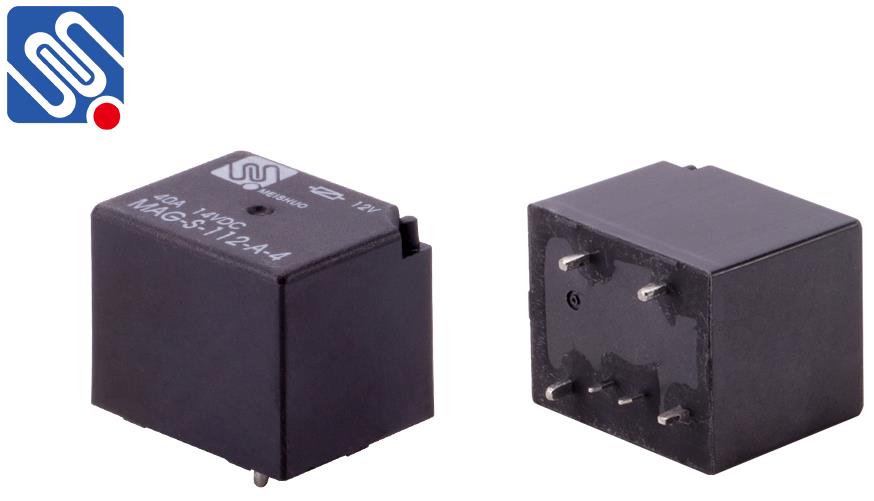



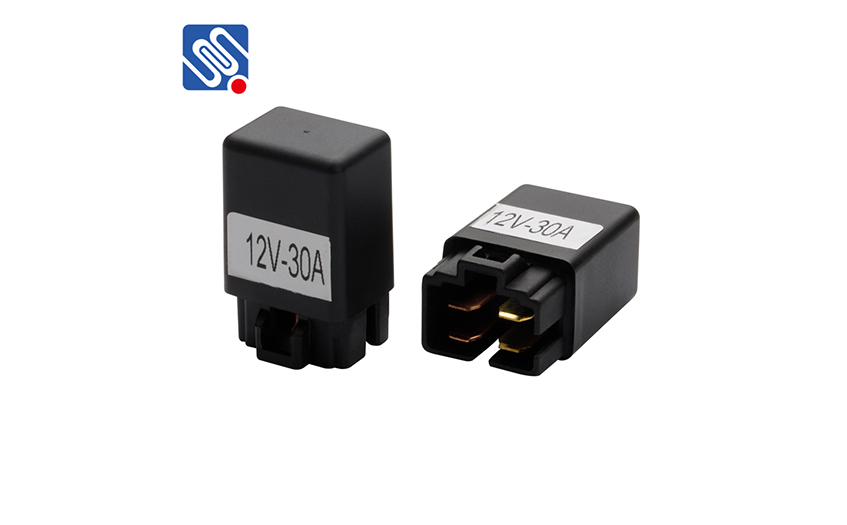
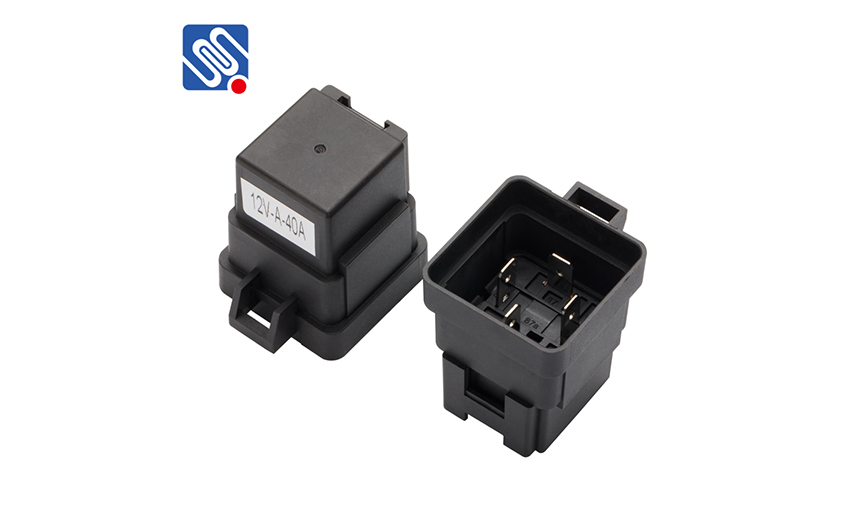
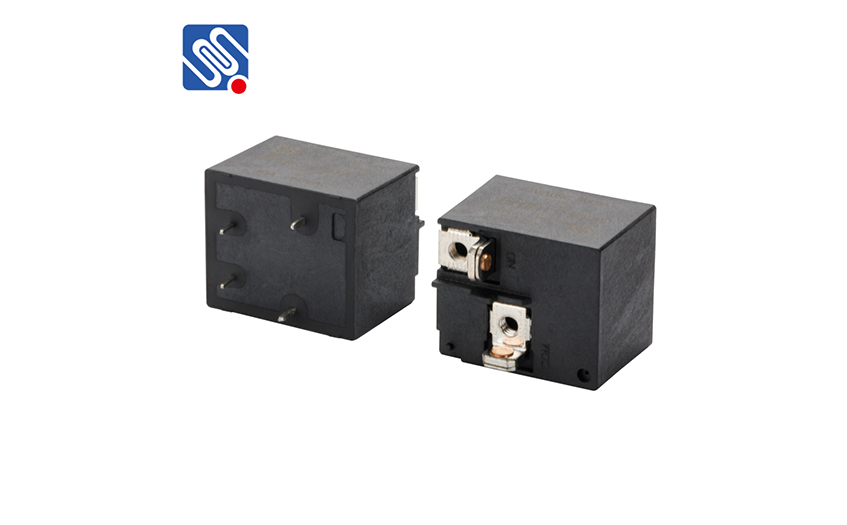
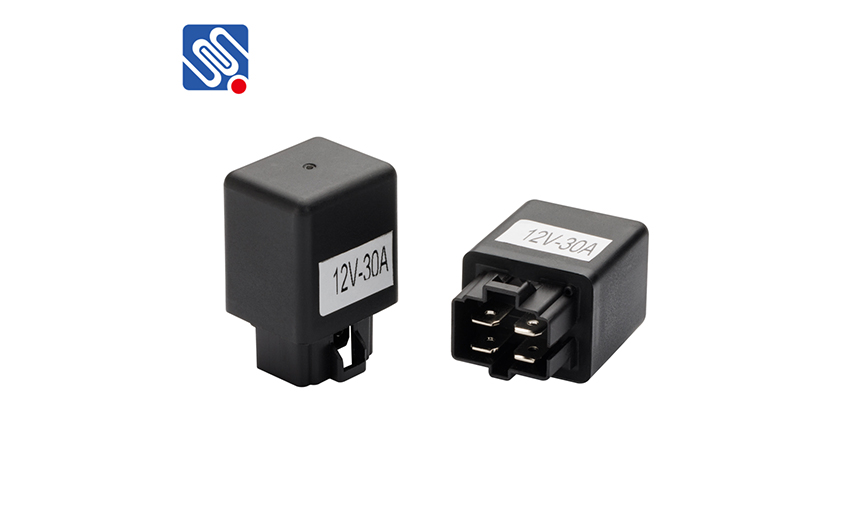
 selena
selena  sales@msrelay.com
sales@msrelay.com 13968707033
13968707033
 +86-577-62518811
+86-577-62518811





